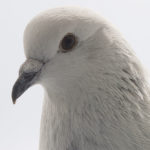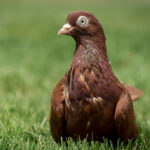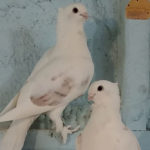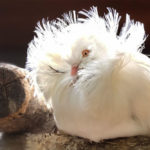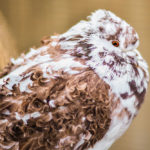There are many different types of pigeons that exist in the world.
If you are a pigeon fancier and feel like you need to become involved in a breed that is unlike the normal breed of pigeons that you raise then it may take some time to hit upon the pigeon you want.
Pigeons come in all shapes and sizes and the diversity of breeds means that finding a new and unusual breed can be difficult at time.
However, there are certain breeds of pigeon that stand out.
Pigeons that are so striking and stunning to look at that you know you simply must have one, two or maybe more.
The kind of pigeons that reaffirm your love of pigeon breeding.
Such a breed of pigeon is the Maltese pigeon. If you have never encountered the Maltese pigeon, then you are in for a treat when you see one for the first time.
Their stunning feathers are combined with a noble profile that sets them apart from almost every other breed of pigeon that exists.
So, if you are interested in looking after a Maltese pigeon or indeed breeding them then you need some information on where they come from, their quirks and what kind of food they eat.
A proper Maltese Pigeon: Breed Guide is what you need, and this piece will set out exactly all the information you need to properly look after your Maltese pigeon.
Where Do Maltese Pigeons Come From?
The first question that you might want to ask is – well where do Maltese pigeons come from? The answer is not as obvious as it might seem.
This particular breed does not in fact come from Malta at all.
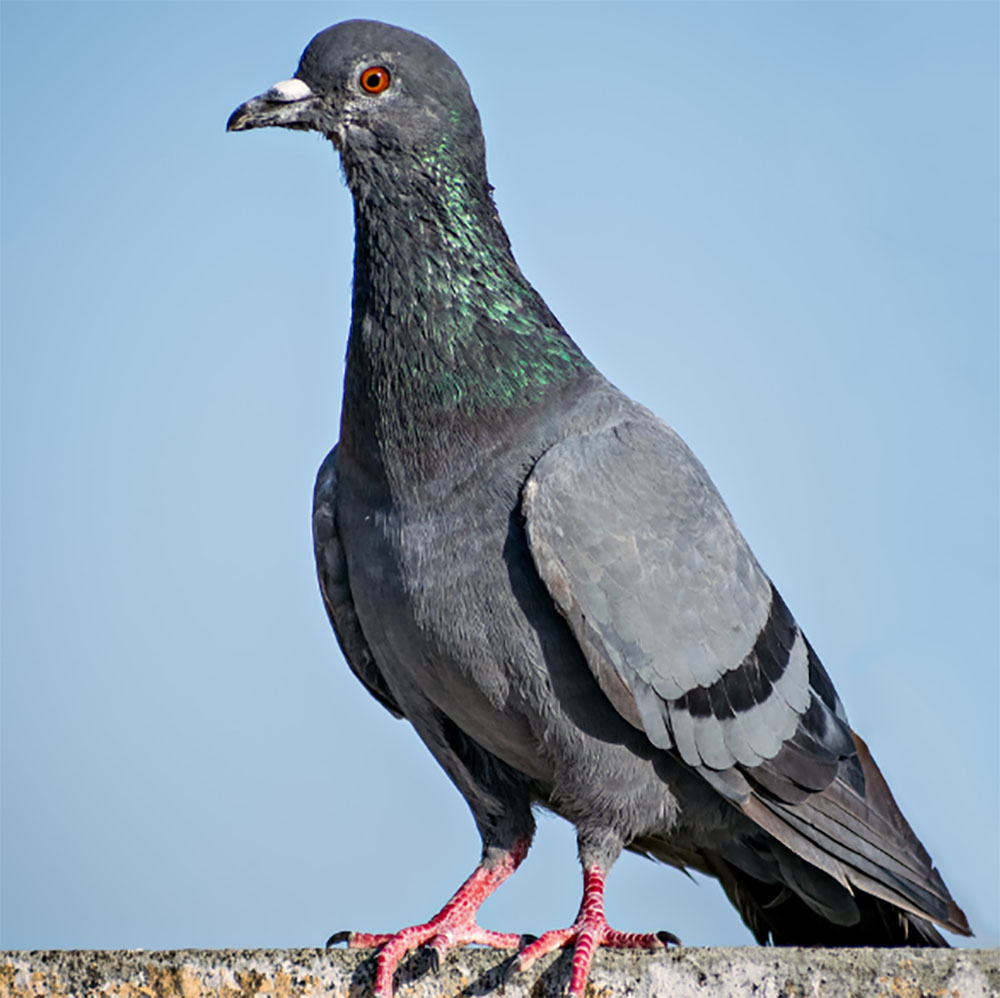
In fact, the indigenous Maltese pigeon went extinct some 11,000 years ago with scientists today attempting to recreate the original Maltese pigeon using genetic sequencing and cross breeding of similar pigeons.
The Maltese Pigeons that are the subject of this article are in fact only a recent addition to the pigeon family.
Believe to have originated as a cross breed between the French Baghdad Pigeon and the German Pigeon, the Maltese Pigeon first appeared during the early 1800s in Italy before spreading to Southern Germany.
The Maltese Pigeon was originally bred for human consumption and for its meat.
Before becoming known as the Maltese Pigeon, the breed was in fact known as the Leghorn Runt, a reference for pigeon fanciers to its apparent bountiful amount of flesh.
Since the 1860s the Maltese Pigeon has been recognised as one of the most individualistic and stylish breeds of pigeon that there has ever been.
Why Is The Maltese Pigeon So Distinctive?
You might be wondering why the Maltese Pigeon is so distinct from other pigeons.
This is because its appearance is much more akin to that of a hen than a pigeon itself. It high, arched tail feathers give it the impression of being akin to a hen rather than a traditional pigeon.
The Maltese’s appearance is further made distinctive by its long and unusual neck.
Most pigeons do not have necks that are as distinctive as the Maltese Pigeon, and this is why the breed stands out not only as being particularly valuable for breeders but also as being very memorable.
There are few pigeons which have such hen like features, and this is one of many attractions of the Maltese Pigeon.
Maltese pigeons also come in a large range of different colours including red, brown, black and white which helps add to their aesthetic appeal.
What Does Maltese Pigeons Like To Eat?
You may be wondering what Maltese Pigeons like to eat.
The eating habits of the Maltese Pigeon are not too different from that of many other different breeds of pigeon, but it is worth going into what exactly they like to eat so you have good idea.
Understanding what your pigeon likes to eat is, as any pigeon fancier knows, the way to ensure you have a happy bird.
In the wild Maltese Pigeons like to eat a variety of different things.
These include berries, leaves, shoots, seeds and even small arachnids such as spiders or insects like beetles.
If you want to keep your birds having a natural diet then these are the type of food you should be giving to them.
Maltese Pigeons also often have a fondness for apples and pears however because of the high natural sugar content these natural treats should only be given sparingly.
If you want to keep your pigeon as natural as possible giving them something they would only occasionally eat in the wild will certainly not help!
If you want to raise your pigeon in a more traditional manner however, then it is important that you feed them the kind of food most other pigeons eat.
These are things like commercial seeds and mixed supplements which are widely available from all good pet stores and specialist pigeon fancier retailers.
How Should I House My Maltese Pigeon?
You might be wondering how best to house your Maltese Pigeons.
Due to their unusual size, Maltese Pigeons aren’t the best flyers in the world. So, you won’t want to give them somewhere too high up to live or they might have trouble getting down!
Equally, when design or selecting a coop for the pigeons to live in you must make sure there is a good deal of space.
This is because Maltese Pigeons, again due to their size, need a good amount of space to be able to happily live.
Why You Should Keep Maltese Pigeons
Maltese Pigeons truly are unique animals. Their distinct and unusual look has inspired people all over the world and their friendly demeanour has made them a friend to millions more.
Their distinctiveness is why they have brought so much attention to themselves, but they are also a lovely breed of pigeon to own and one of the best for introducing to children and or those who have never experience the joy of breeding pigeons or meeting them.
This is why you should certainly consider keeping Maltese Pigeons – they are a breed of bird that it is hard not to love.

